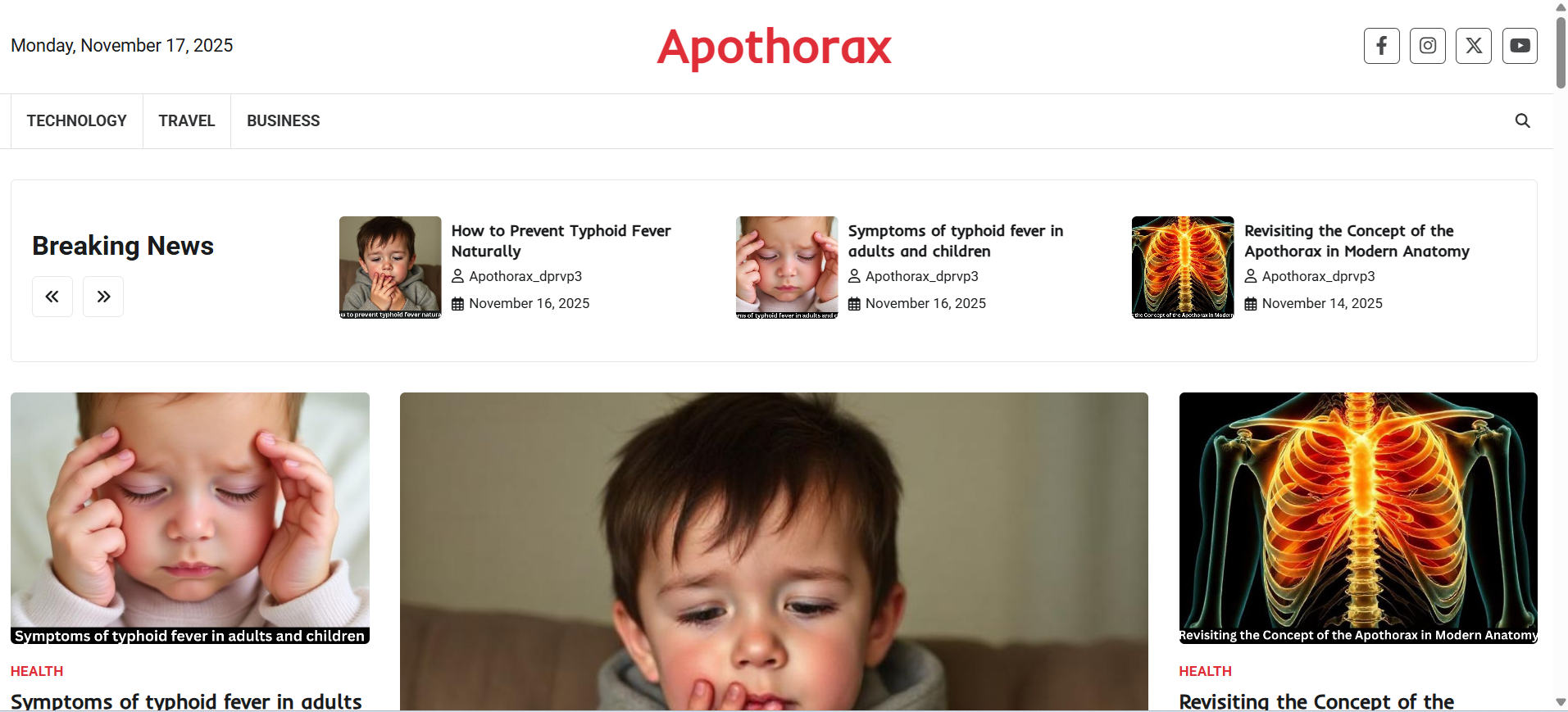The term Apothorax refers to the absence, reduction, or indistinct development of a thoracic region in an organism. In simple words, if an animal doesn’t have a clear thorax, it can be described as apothoracic.
Importance for Class 11 & 12 Biology
This concept is especially useful in chapters related to animal morphology, body segmentation, and comparative anatomy, making it a handy term for exams.
Understanding Body Segmentation
Segmentation in Animals
Many animals have bodies divided into regions or segments. This is especially seen in invertebrates.
Head, Thorax, and Abdomen Concept
In many organisms—like insects—the body is clearly divided into:
- Head
- Thorax
- Abdomen
Significance of the Thorax
The thorax often plays vital roles:
- Movement (legs, wings in insects)
- Protection (ribcage in humans)
- Respiration (lungs in humans)
Definition and Concept of Apothorax
Formal Definition
Apothorax is the absence or poorly developed thorax in an animal’s body plan.
Origin of the Concept
The word comes from:
- “Apo” = without
- “Thorax” = chest region
How It Differs from a Normal Thorax
A normal thorax is:
- Clearly visible
- Functionally important
- Responsible for movement or protection
Apothorax lacks all these features.
Apothorax in Humans
Why Humans Do Not Have Apothorax
Humans have a fully developed thorax, essential for survival. Without it, breathing and organ protection would be impossible.
Structure of the Human Thorax
The human thorax includes:
- Ribcage
- Sternum
- Thoracic vertebrae
- Muscles
- Lungs and heart
Functions of the Thorax in Humans
- Protects major organs
- Enables breathing
- Supports upper body
Apothorax in Vertebrates
Standard Vertebrate Body Plan
Most vertebrates, including mammals, birds, reptiles, and amphibians, have a well-formed thorax.
Rare Cases of Reduced Thorax
Thoracic reduction is extremely rare but may occur in:
- Simplified organisms
- Larval forms, before full development
Example: Larval or Simplified Forms
Some vertebrate larvae lack clear segmentation. However, this is temporary.
Apothorax in Invertebrates
Variation in Body Segmentation
Invertebrates show a wide variety of segmentation styles.
Groups Showing No Thorax
Some organisms naturally do not divide their bodies into head-thorax-abdomen.
Annelids
Worms like earthworms show no separate thorax.
Some Larval Arthropods
Early-stage larvae may show a fused or indistinct thoracic region.
Why Insects Cannot Be Apothoracic
Three-Segmented Thorax
Insects always have:
- Prothorax
- Mesothorax
- Metathorax
These segments are essential for their survival.
Locomotion and Thoracic Structure
Legs and wings attach directly to the thorax. Without it, movement would be impossible.
Prothorax
Carries the first pair of legs.
Mesothorax
Carries wings (if present) and legs.
Metathorax
Carries hind legs and wings.
Comparative Analysis for Students
Humans vs. Worms
- Humans → Thorax present
- Worms → No thorax
Humans vs. Insects
- Humans → Internal skeleton
- Insects → Exoskeleton with segmented thorax
Insects vs. Apothoracic Organisms
Insects always have a complete thorax; apothoracic organisms do not.
Functions of the Thorax Across Species
Respiration
Humans use the thorax for breathing.
Insects use spiracles and tracheae around thoracic segments.
Support and Protection
Humans protect organs; insects protect muscles and wings.
Movement
Insects rely heavily on the thorax for every major movement.
Evolutionary View of Apothorax
Why Some Species Lack a Thorax
Simpler organisms evolve body plans without separate regions.
Adaptive Advantages
- Saves energy
- Suits burrowing lifestyles
- Supports simple locomotion
Simplified Body Plans
Worms are great examples of this.
Illustration and Diagram Points
How to Label a Thorax
Students should label:
- Ribs
- Thoracic vertebrae
- Lungs
How to Identify Apothorax
Look for:
- No separation between body regions
- Fused or continuous segments
Exam-Ready Notes for Class 11 & 12
Important Keywords
- Apothorax
- Segmentation
- Prothorax
- Mesothorax
- Metathorax
Short Notes
- Apothorax means absence of a thorax.
- Humans and insects cannot be apothoracic.
- Worms and some larvae show apothorax.
One-Page Summary
| Organism | Thorax Present | Apothorax |
|---|---|---|
| Humans | Yes | No |
| Insects | Yes | No |
| Worms | No | Yes |
Conclusion
Apothorax is an essential concept that helps students compare body structures across organisms. While humans and insects have well-defined thoraces, organisms like worms show simplified body plans without a thorax. Understanding this difference strengthens your foundation in animal morphology and prepares you well for Class 11 and 12 examinations.
FAQs
1. What is Apothorax?
It is the absence or reduction of a thorax in an organism.
2. Do humans have apothorax?
No, humans have a fully developed thorax.
3. Name an organism that shows apothorax.
Earthworms show no distinct thorax.
4. Why can’t insects be apothoracic?
Because their thorax is essential for locomotion.
5. Is apothorax important for exams?
Yes, it helps in comparative anatomy questions.

